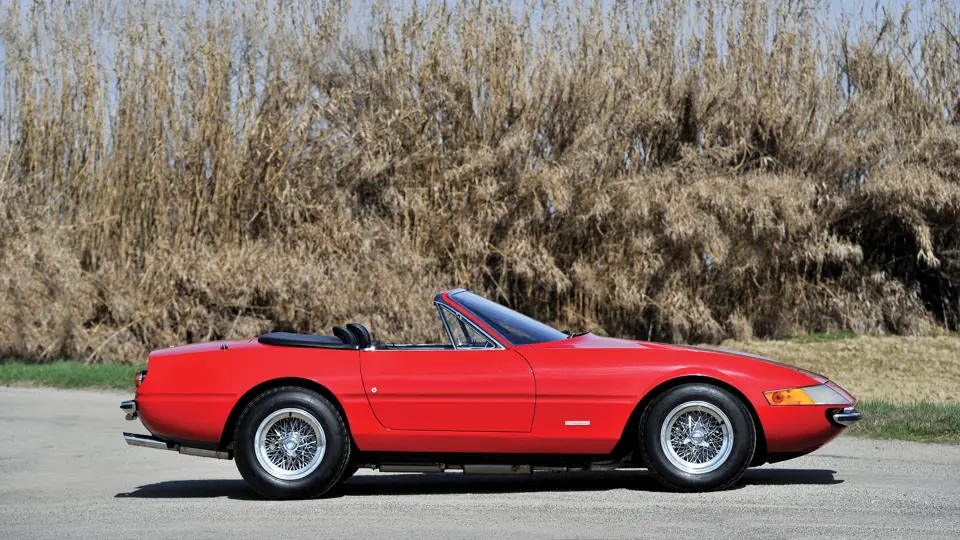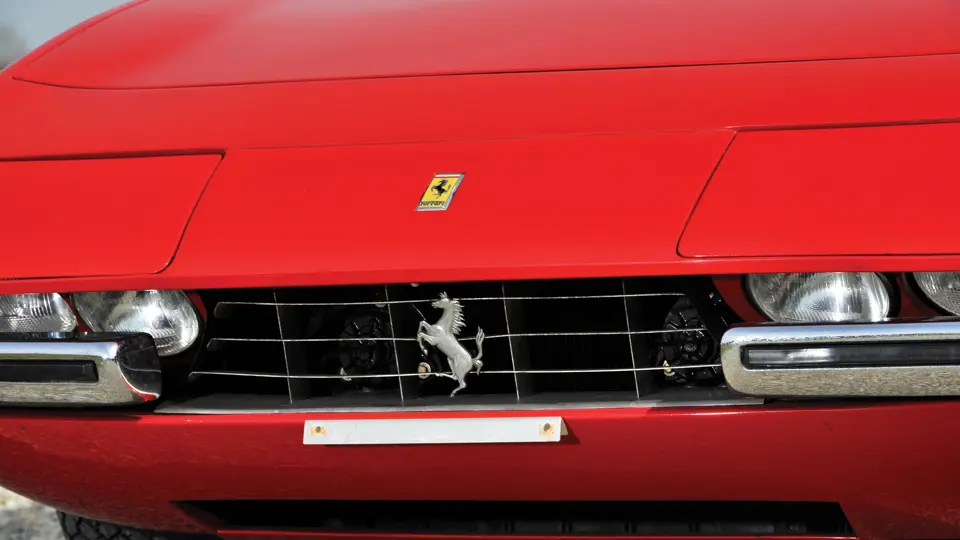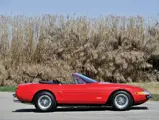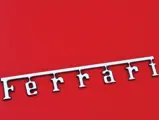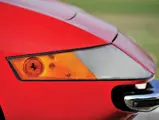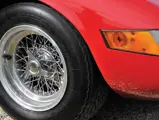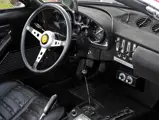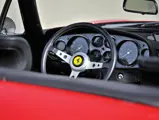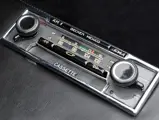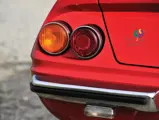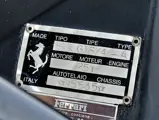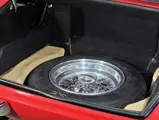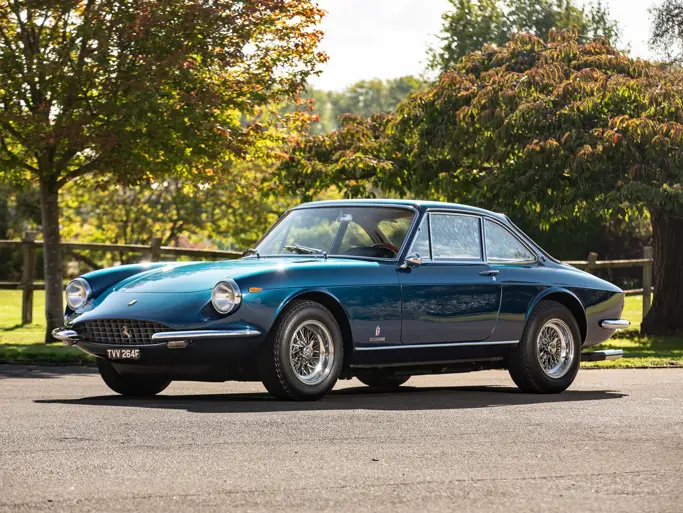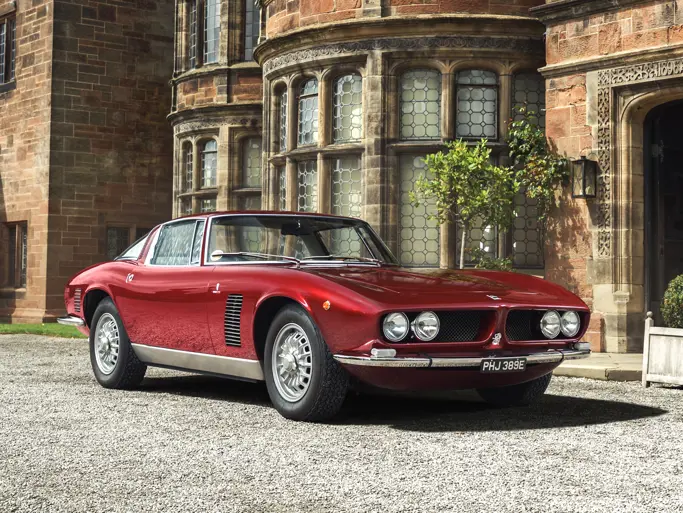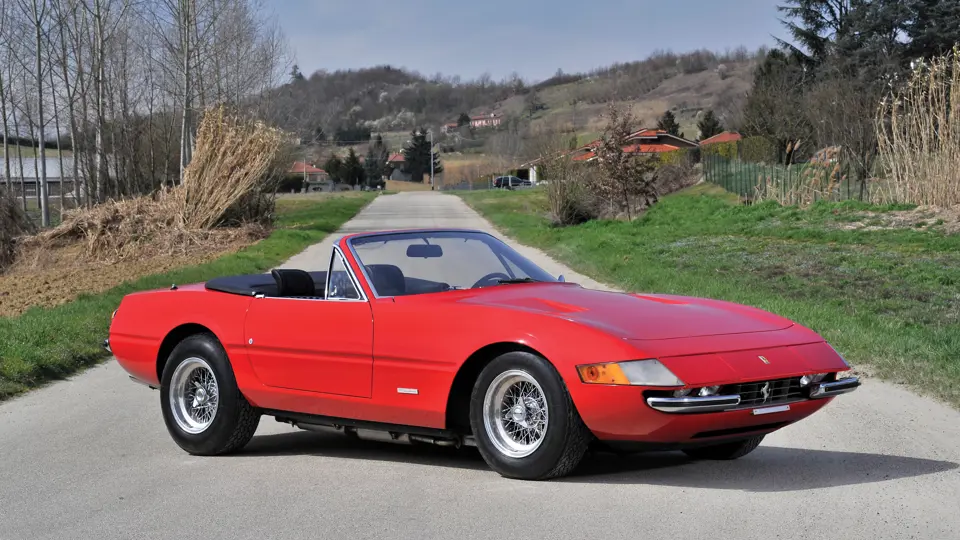
1972 Ferrari 365 GTS/4 Daytona Spider by Scaglietti
{{lr.item.text}}
Estimate Available Upon Request | Not Sold
{{bidding.lot.reserveStatusFormatted}}
- One of only 18 original LHD European-specification spiders
- Just 27,000 kilometres from new
- Owned and restored by Ferrari collector Luigi Calvasina
- Ferrari Classiche certified
352 bhp, 4,390 cc DOHC V-12 engine with six Weber carburettors, five-speed manual transmission, independent front and rear suspension with unequal-length wishbones and coil springs over telescopic shock absorbers with anti-roll bars, and four-wheel disc brakes. Wheelbase: 2,400 mm
Immediately lauded by Ferrari enthusiasts, the new 365 GTB/4 was dubbed the “Daytona” after Ferrari’s 1-2-3 win at the 24 Hours of Daytona in 1967. Ferrari’s already impressive V-12 engine gained four overhead camshafts, putting displacement at 4,390 cubic centimetres. With a staggering power output of 352 horsepower, the Daytona dethroned the Miura as the fastest production car. Dry-sump lubrication enabled a low engine installation, while a five-speed transaxle allowed for a 50/50 weight distribution. The chassis was classic Ferrari, made up of oval-section tubing, and the recently developed all-wheel independent suspension allowed for better handling and tyre contact. Four-wheel disc brakes rounded out a superb all-around package.
Despite the factory not originally planning for an open-top version, between Scaglietti and Pininfarina, designs were created and a prototype was approved. Launched at the 1969 Frankfurt Auto Show, the Daytona Spider was produced for both the European and American markets, meeting an inundation of requests for an open-top model of the new gran turismo.
The car offered here is among the rarest of Daytonas, one of only 18 European-specification, left-hand-drive spiders ever made. Chassis number 15535, it was completed in December of 1971 and finished in Rosso Dino with Beige leather. On 25 May 1972, the car was shipped aboard SS Ausonia from Venice, Italy, to the official Ferrari dealer Elie Ayache of Beirut, Lebanon. There, it was acquired by a client in 1975 and remained in Lebanon until 1980, when it is believed to have passed through Canada before its acquisition by Parisian racing driver and collector Jean-Pierre Delauney.
In 1985, this Daytona Spider appeared on the cover of Club Ferrari France magazine, issue number 19. During 1994, it was seen at the Club Ferrari France meeting held at Mas du Clos, with Mr Delauney still driving. As of 1996, it had recorded a mere 24,000 kilometres and was subsequently sold and re-registered on French plates 2314 TD 28.
In 1999, Ferrari enthusiast and collector Luigi Calvasina purchased the car and undertook its thorough restoration with renowned specialists Sport Car of Milan. The engine was overhauled, the suspension and brakes were stripped and rebuilt, and new exhaust was fitted. The bodywork was stripped and refinished by Carrozzeria Bottini in Rosso Corsa, and the interior was re-trimmed entirely in black. Borrani rebuilt the wire wheels to as-new condition. In sum, it appears that no expense was spared in returning the car to complete and proper original form.
Chassis 15535 was then sold to Ferrari collector John Bosch, who added fewer than 150 kilometres to the odometer, reportedly taking the car out on the road only once and otherwise keeping it in temperature-controlled storage. There, it was looked after by a team of professional mechanics. Its current owner acquired the car in 2005 and notes that it maintains its low mileage and remains in pristine condition. Ferrari Classiche certification has been recently awarded to the car, verifying its purity and confirming that it retains its original engine.
With iconic Borrani wires, loads of torque, that legendary exhaust note, and staggering beauty, the Daytona Spider continues to drop jaws whether standing still or howling across continental Europe at 175 mph. The example on offer is the rarest of these rare breeds and is the ultimate prize for any and all Ferrari enthusiasts.
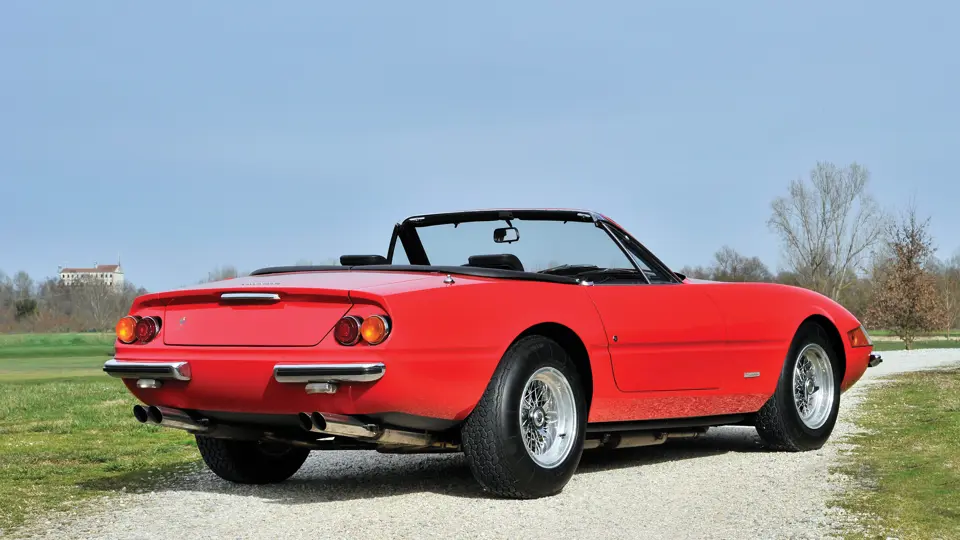



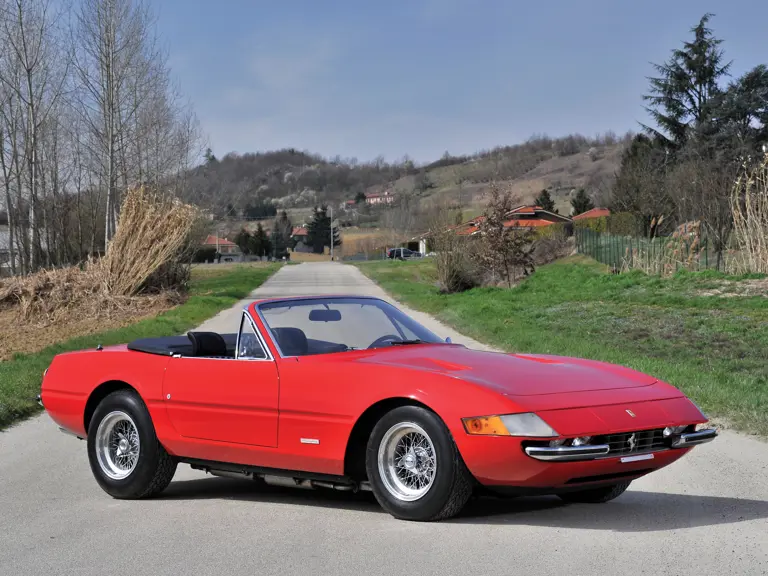

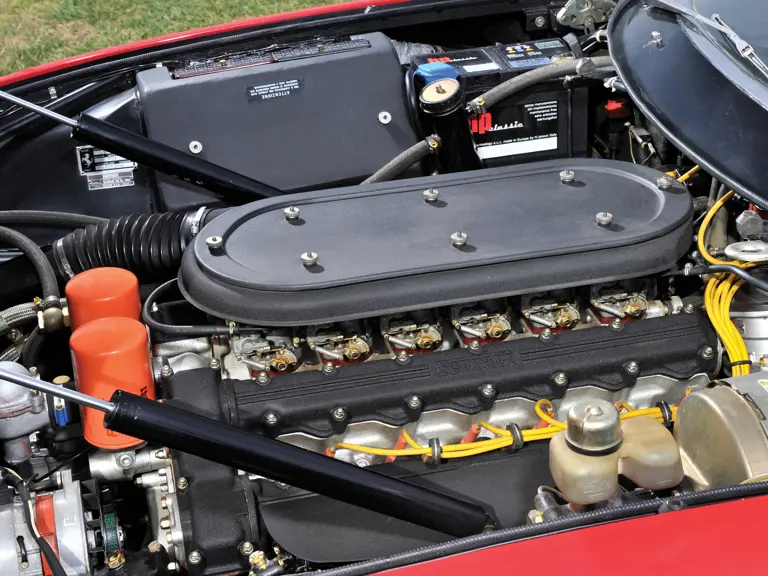

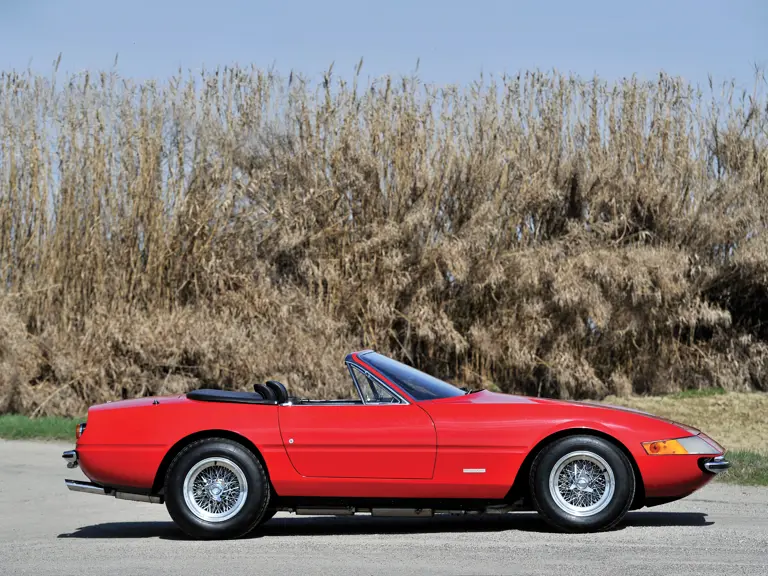
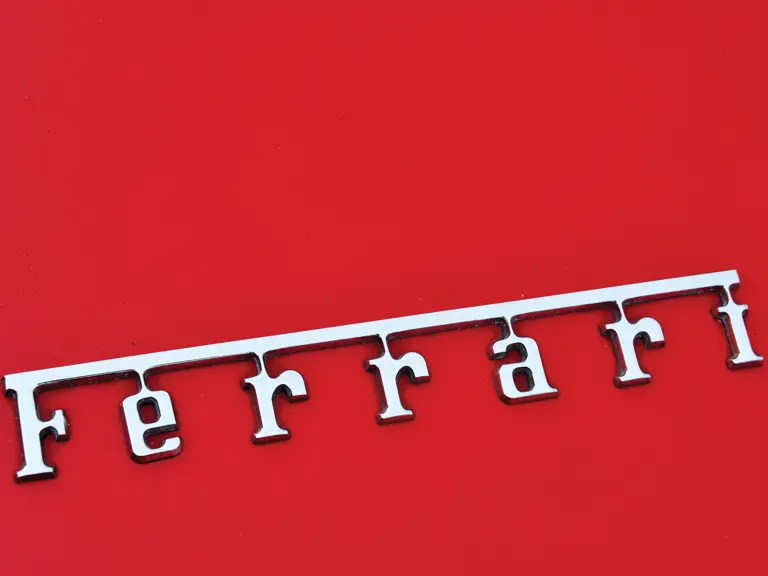


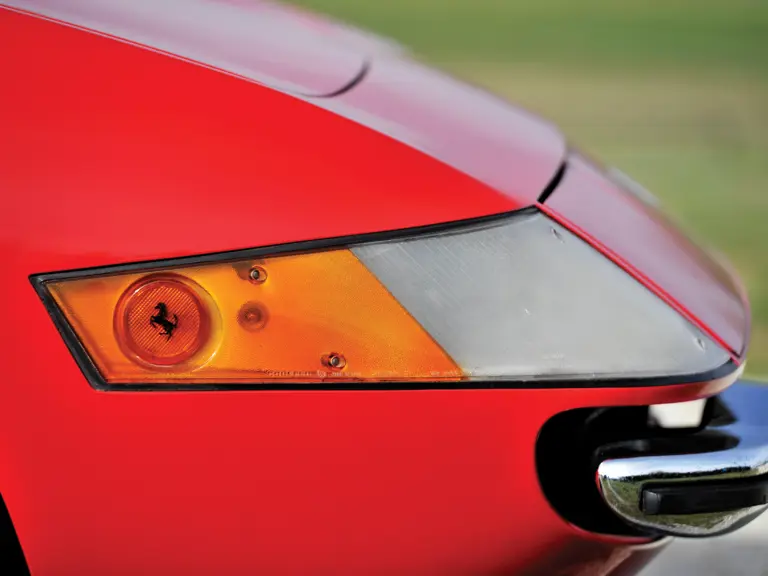
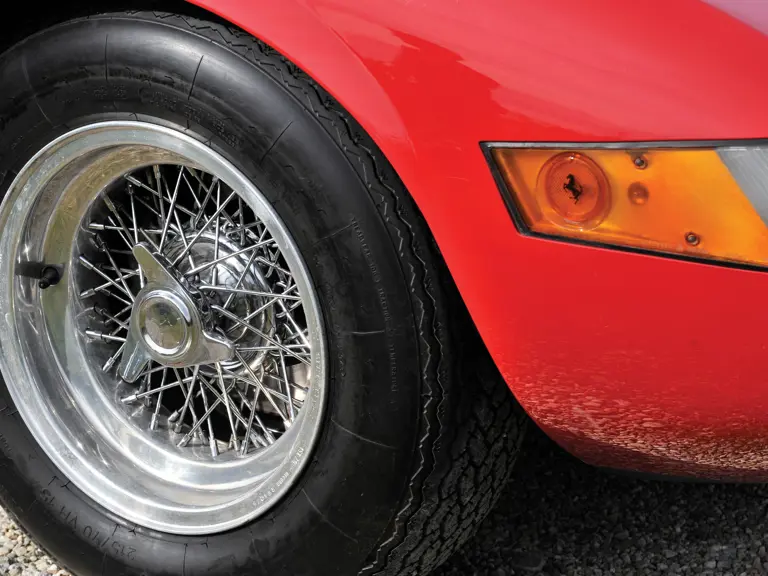



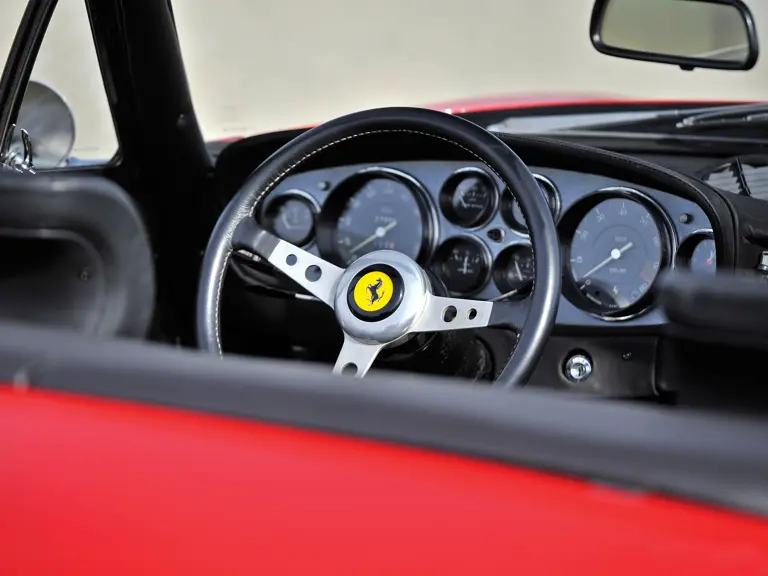
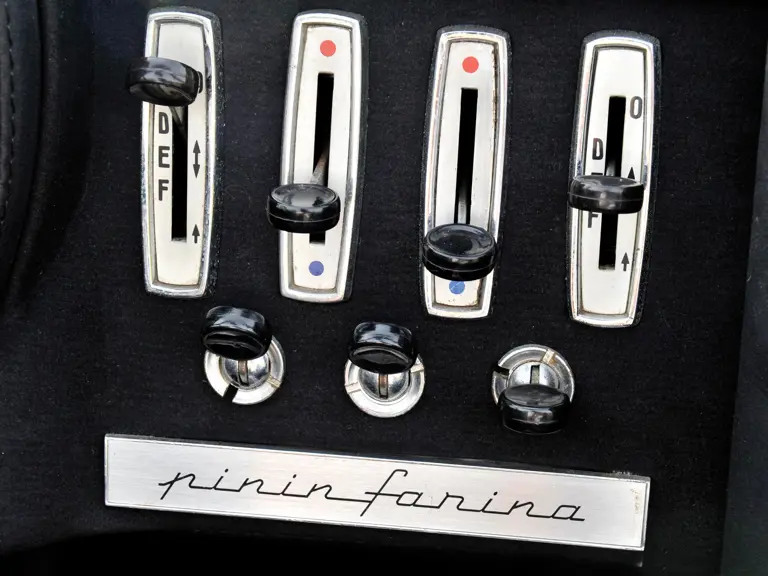
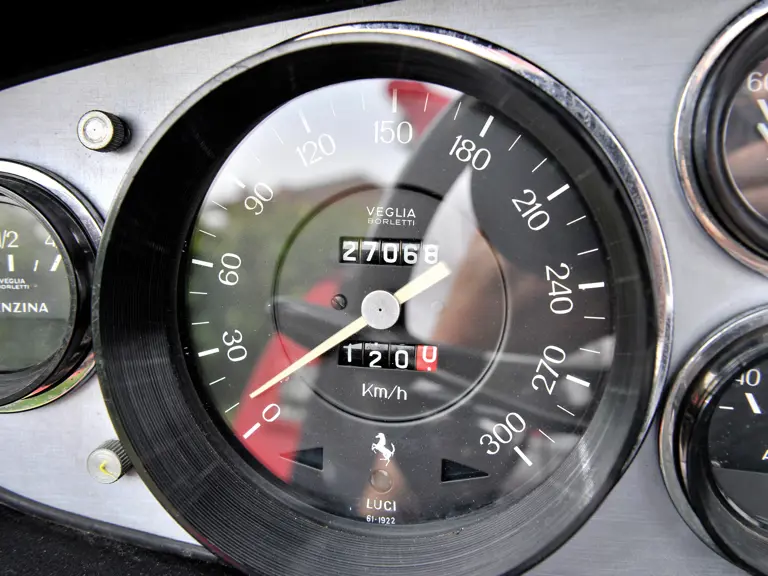
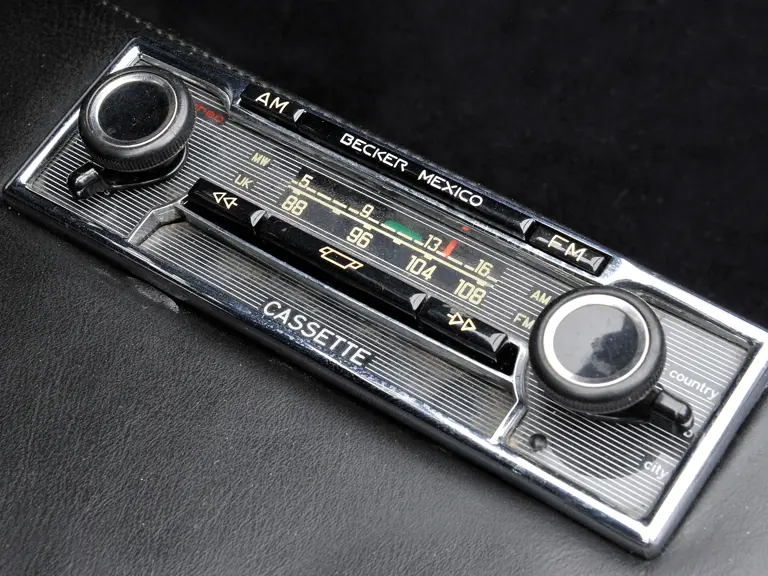
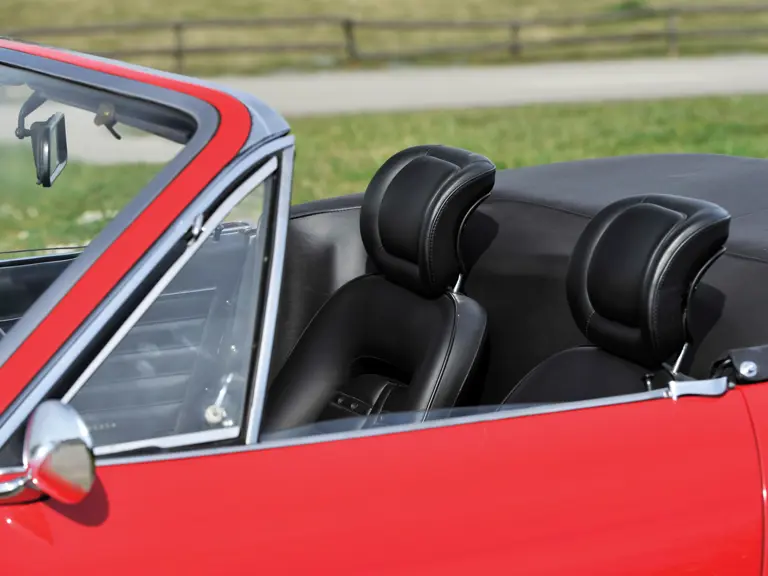


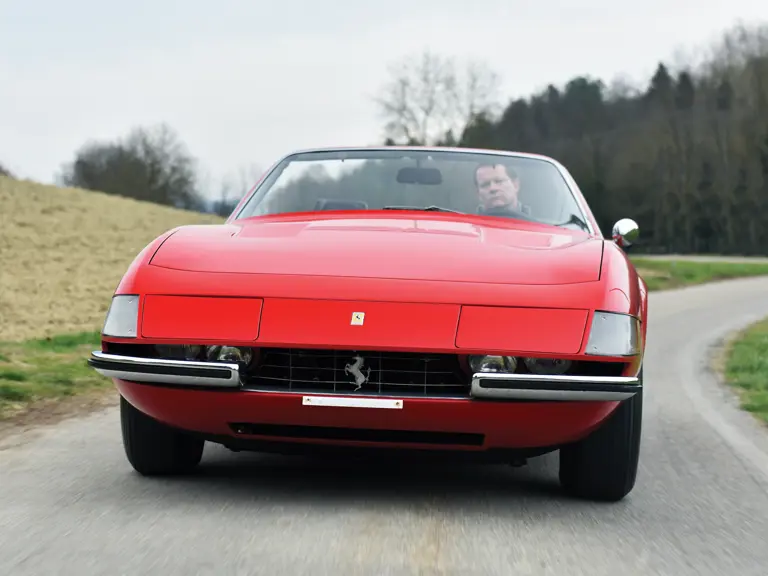
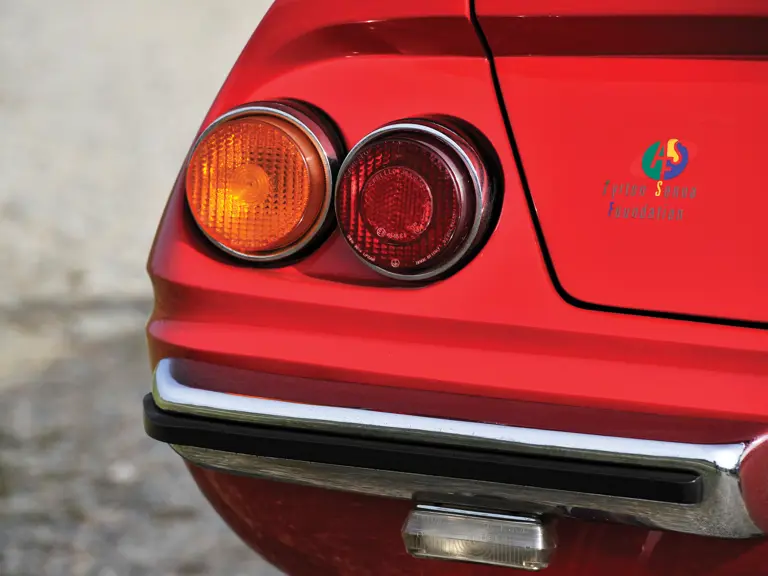

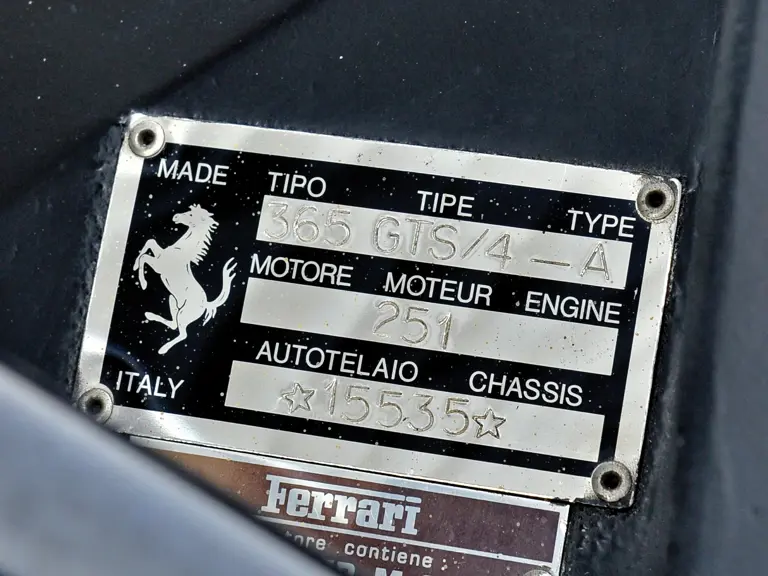

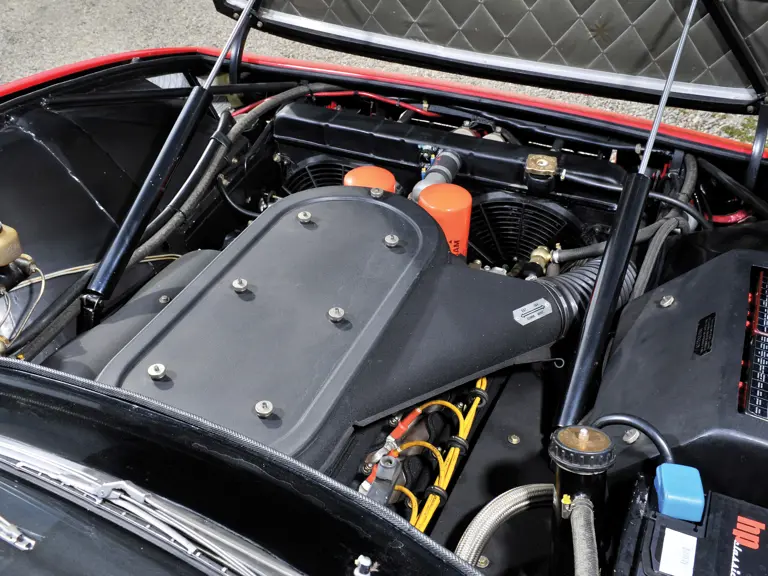
 | Monte Carlo, Monaco
| Monte Carlo, Monaco
